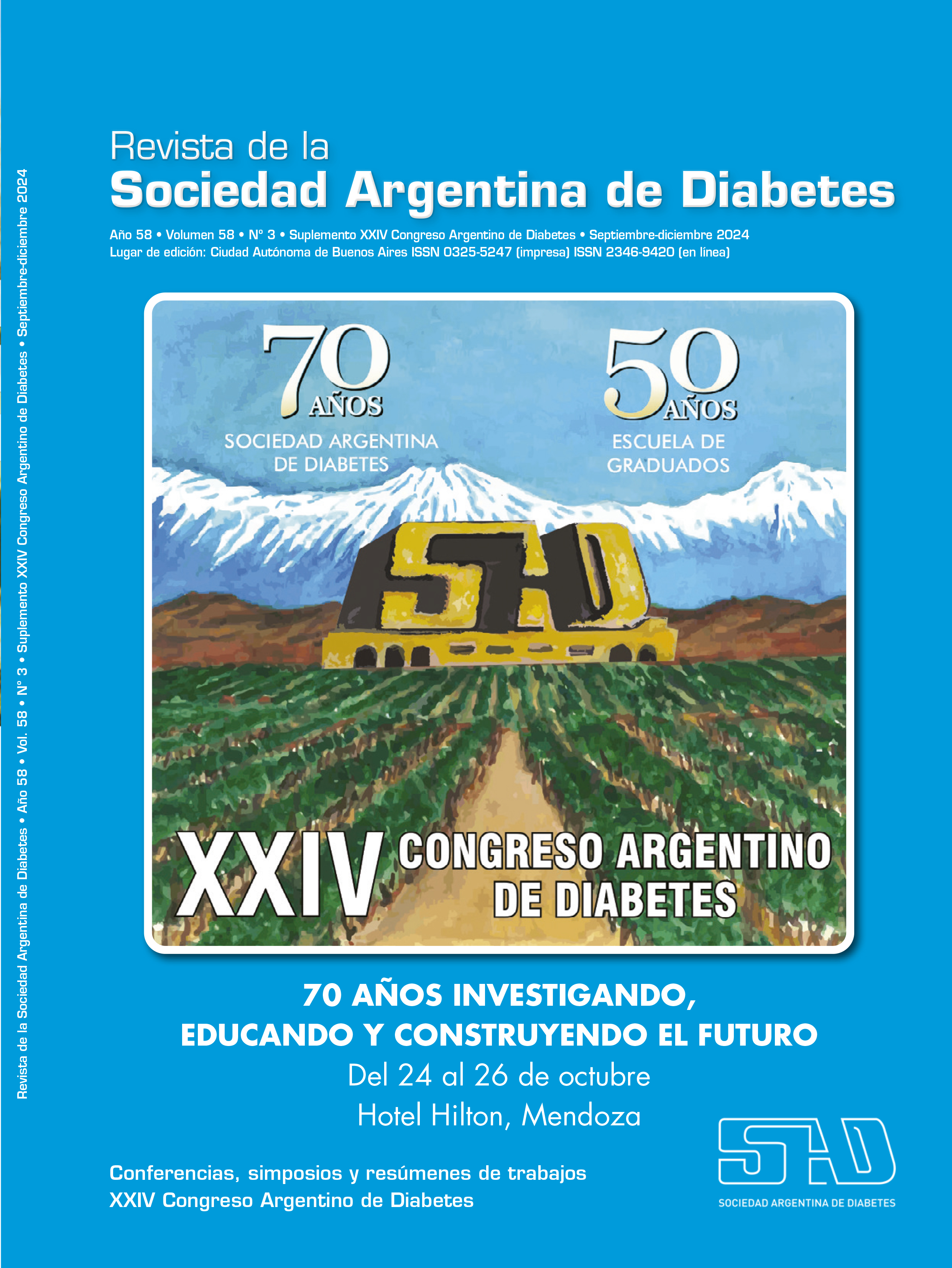Functional capacity: dynapenia, the cause of muscle damage and its consequences
Keywords:
dynapenia, older adultAbstract
Dynapenia is the loss of muscle strength and related muscle mass, osteomyoarticular, neurological, sociocultural factors and pathologies presented throughout life and especially in the older adult (AM) stage aggravates chronic conditions such as diabetes, mellitus, which in turn causes sarcopenia and osteoporosis. This decrease in abilities generates a pathological circle where physical disability makes it difficult to perform therapeutic exercises, aggravating the condition. It is closely associated with stress, cognitive impairment and depression. Which affects the quality of life by affecting the activities of daily living (feeding, clothing, mobility, hygiene) the instrumental activities of daily living (taking of medications, food preparation, money management, ability to communicate). Which generates greater stress and greater deterioration, generating a deleterious circle for the health of the person and their community, poor quality of life.
These changes, if not modified completely or partially, slowing or avoiding their effects, quickly lead to death. This picture constitutes a pandemic associated with the increase in life expectancy, which can be observed in Latin America, Japan, and Europe.
Weakness is the cause and consequence of the central neurological impairment that causes a decrease in cognitive ability, stress control, emotions, motility and metabolic control, and worse motor performance aggravates these abilities. These stochastic changes motivated the creation of the Learning to Live program in 2015 between the Institute of Cellular Biology, the Chair of Cellular Biology, Histology and Embryology of the FCM-UNC, the Secretary of Extension of the FCM-UNC, the Gerontology Committee of the Argentine Diabetes Society and the Group of Friends of Diabetics Foundation. In which, through cognitive stimulation activities consisting of workshops, which motivate thinking, semantic memory and resilience by a psychologist, physical activity adapted to AM, aimed at improving strength and muscle mass, balance, coordination of procedural and visuospatial memory, led by a doctor and a psychologist, social stimulation consisting of meals, outings, psychophysical activities such as running, walking, trips and health education. During eight years of work, a working group was formed made up of professionals and older adults who are recipients and executors of the program. We have observed how 93-year-old people improved their motility and cognition and the creation of support networks was achieved to face this problem and the maintenance and improvement of functional independence among its practitioners.
References
I. Clark BC, Manini TM. What is dynapenia? Nutrition 2012;28(5):495-503.
II. Scott D, Daly RM, Sanders KM, Ebeling PR. Fall and fracture risk in sarcopenia and dynapenia with and without obesity: the role of lifestyle interventions. Curr Osteoporos Rep 2015 ;13(4):235-44. doi: 10.1007/s11914-015-0274-z.
III. Rijk JM, Roos PR, Deckx L, van den Akker M, Buntinx F. Prognostic value of handgrip strength in people aged 60 years and older: A systematic review and metaanalysis. Geriatr Gerontol Int 2016;16(1):5-20. doi: 10.1111/ggi.12508.
IV. Marshall GA, Rentz DM, Frey MT, Locascio JJ, Johnson KA, Sperling RA. Executive function and instrumental activities of daily living in mild cognitive impairment and Alzheimer’s disease. Alzheimers Dement 2011 May;7(3):300-8.
Downloads
Published
Issue
Section
License
Copyright (c) 2024 on behalf of the authors. Reproduction rights: Argentine Society of Diabetes

This work is licensed under a Creative Commons Attribution-NonCommercial-NoDerivatives 4.0 International License.
Dirección Nacional de Derecho de Autor, Exp. N° 5.333.129. Instituto Nacional de la Propiedad Industrial, Marca «Revista de la Sociedad Argentina de Diabetes - Asociación Civil» N° de concesión 2.605.405 y N° de disposición 1.404/13.
La Revista de la SAD está licenciada bajo Licencia Creative Commons Atribución – No Comercial – Sin Obra Derivada 4.0 Internacional.
Por otra parte, la Revista SAD permite que los autores mantengan los derechos de autor sin restricciones.




























